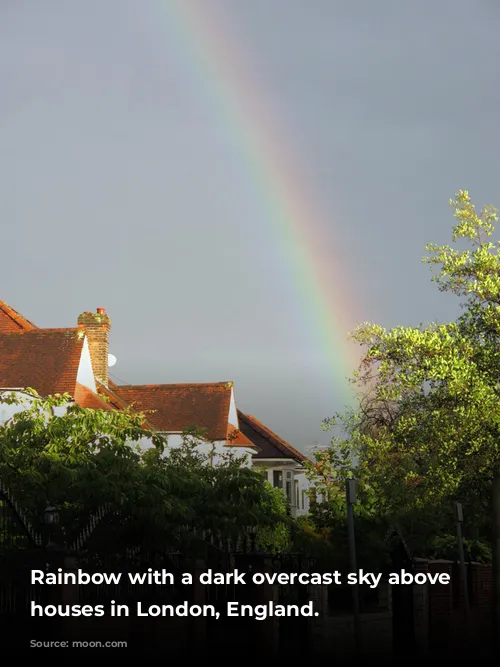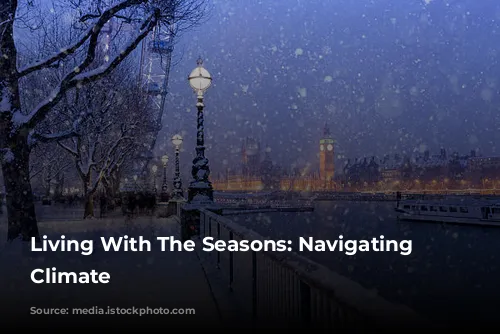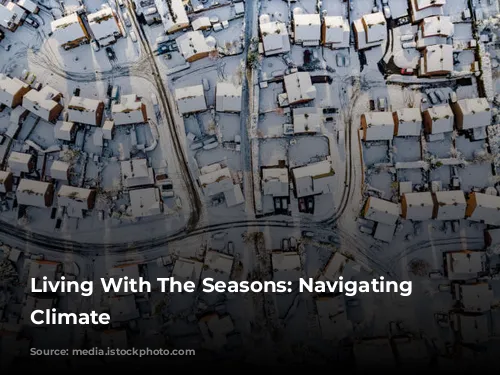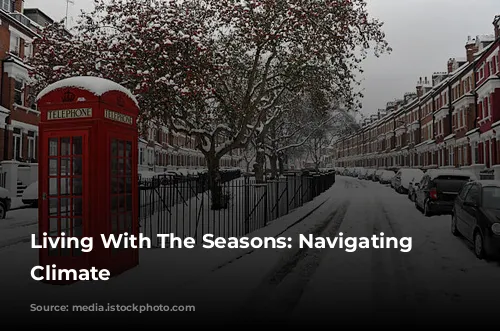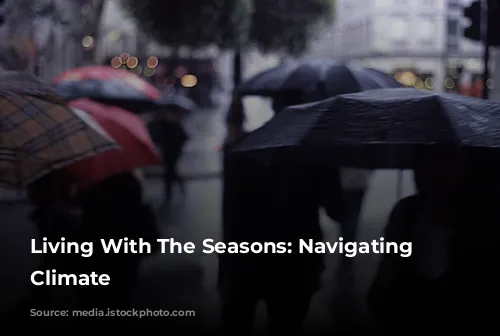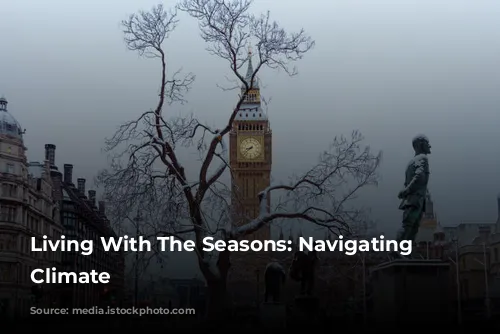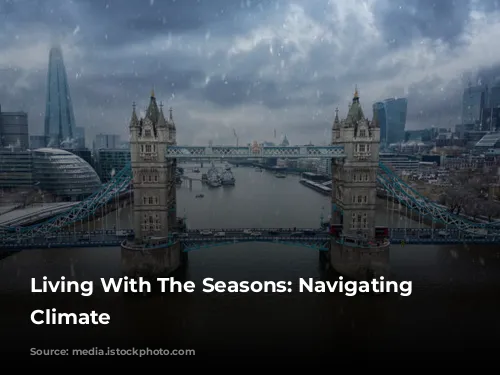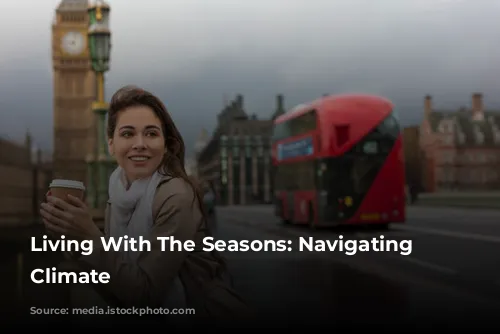Moving to London from sunny California, I was surprised by the dramatic shift in daylight hours. Autumn’s arrival brought shorter days and longer nights. The sun would rise around 8:00 am and set before 4:00 pm, leaving me feeling a bit gloomy as I left for work and returned home in the dark. This dramatic shift in daylight hours was a significant adjustment for me.
The long days of summer presented their own unique challenges. The sun would peek over the horizon around 4:00 am, with birds chirping as early as 3:00 am. This early sunrise made it difficult to sleep, and the lingering light in the evening made it hard to get kids to bed. With the sun setting around 9:20 pm in June, it felt like the day never ended. Even though I loved the sunshine, I needed my eight hours of sleep. Blackout curtains became my savior, blocking out the early morning light and providing insulation during the winter months.
A Temperate Climate
Despite its northerly location, London enjoys a surprisingly mild climate. The warm Gulf Stream, a current that carries warm water from the Caribbean to Western Europe, moderates the city’s weather. This means that London rarely experiences extreme cold or heat. In January, the average daytime temperature hovers around 8°C (46°F), while July sees an average high of 22°C (73°F). While there might be occasional summer days with temperatures exceeding 25°C (77°F) or even 30°C (86°F), winters rarely dip below freezing. Most homes in London are equipped with heating systems to keep you cozy on chilly nights.
Embrace the Rain
One aspect of London’s weather that you’ll need to embrace is the rain, which seems to be a constant presence throughout the year. Although the city doesn’t receive a tremendous amount of rainfall (around 23 inches/58 centimeters annually), the rain clouds seem to hover over the city with surprising regularity, often in the form of a drizzle. Pack a small, lightweight umbrella or a waterproof jacket to stay dry. While London occasionally experiences thunderstorms with heavy downpours, the rain is usually fairly light.
Snow: A Rare Spectacle
Snow is a rare occurrence in London, much to the disappointment of the city’s children. The city’s heat generated by buildings and cars usually prevents temperatures from dropping low enough for snow to settle. London is generally several degrees warmer than the surrounding countryside. When snow does grace the city, it can bring everything to a standstill, creating chaos and misery. Both the Underground and train services are susceptible to disruption by freezing weather and snow. The Underground is only underground in the city center; as the lines extend outward, the trains travel above ground, leaving them vulnerable to snow and ice.
A City Paralyzed by Snow
Freezing weather and snow can also disrupt London’s train services, with ice on the tracks often causing delays and cancellations. However, it’s road traffic that seems to suffer the most when snow falls. Even a light snowfall can cause major traffic disruptions. Many Londoners are not accustomed to driving in snow and ice, often misjudging the conditions and leading to accidents.
I remember one evening when I went to a mall in North London to pick up a gift. As I arrived, a light snow began to fall, but it wasn’t accumulating significantly. I hurried through my shopping, hoping to leave before rush hour, which I knew would be worse due to the snow. Unfortunately, I was too late. Within an hour, a couple of inches of snow had fallen. For those used to winter snow, this is nothing, but in London, it caused significant gridlock. It took me over two hours to escape the mall’s parking lot. The snow fell too quickly, and the local borough hadn’t had time to salt and sand the roads. The situation was compounded by the mall’s entrance and exit being on a slight hill, which many drivers struggled to navigate in the snowy conditions. The combination of inexperienced drivers and slick roads led to accidents and gridlock. I heard that some people never made it out of the mall that evening and were forced to spend the night there. So be warned: when it snows in London, the city grinds to a halt until the snow melts.
The Changing Climate
It’s worth noting that Britain’s usual weather patterns may be shifting. After over a decade of very mild winters, the past couple of years have brought colder temperatures and wetter conditions. This trend toward more extreme weather events could be part of Northern Europe’s long-term weather cycles or a worrying sign of climate change. If London is experiencing climate change, the city will need to improve its preparedness for wet and snowy conditions.
London’s Summer Heat
While London seldom experiences sweltering summers, we can hope for a few days in the low 80s (F), when the city becomes pleasantly warm and everyone heads to the parks to enjoy the sunshine. One thing to keep in mind is that London homes are not typically designed for long, hot summers. Air conditioning is uncommon and rarely needed. I can only recall one unbearably hot summer in my 20 years in London – the summer of 2003. Other than that, we’ve only had occasional spells of hot weather that last a week or two. For the most part, London’s summers tend to be damp affairs, as any Wimbledon tennis fan can attest.


